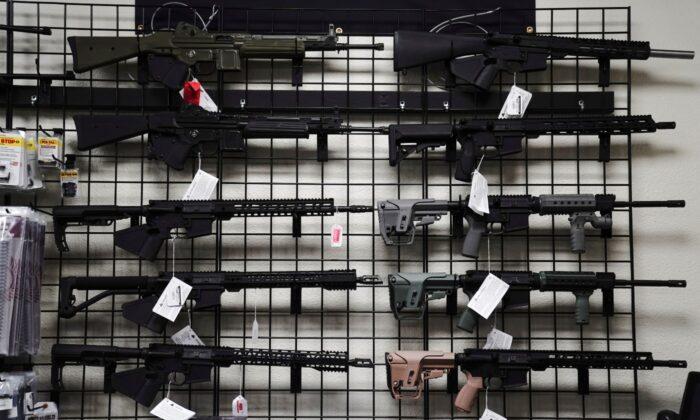A gun control advocacy group is seeking to make credit card companies flag “suspicious purchases” of firearms, suggesting that restricting such activities might end up saving lives.
The GDA lists three shooting incidents involving large purchases. In 2012, the shooter who killed 12 people in Aurora, Colorado, used credit cards to buy $9,000 worth of guns, ammunition, and body armor over a period of two months.
In 2016, the shooter who killed 49 people in Orlando, Florida, charged $26,000 on his credit cards in 12 days to buy ammunition and guns. And in 2017, the shooter who killed 60 people in Las Vegas, Nevada, bought guns and ammunition worth $94,000 over a 12-month period.
GDA insists that banks should flag “such suspicious activity” in the same way they report fraud, identity theft, etc., to law enforcement officials. For this purpose, the 9,000 standalone gun and ammunition stores across America should be categorized under a new Merchant Category Code within the financial system, the organization states.
Restricting Gun Freedom
Gifford and GDA’s proposal have attracted criticism as it basically seeks to restrict a citizen’s right to purchase firearms. Though GDA pushes the term “suspicious” activity for large gun purchases, such purchases are neither illegal nor suspicious.People usually make large-scale gun and ammunition purchases for several reasons, such as saving money by buying in bulk, going on a hunt, sporting, and so on.
Back in 2018, there was a campaign to make Visa refuse business with assault weapon manufacturers. However, the company declined to do so, making it clear that restricting the sale of lawful goods and services is not its job.
Moreover, guns used by criminals often tend to be obtained illegally. The last time Washington collected such data was in 2004, when the Bureau of Justice Statistics asked inmates of state and federal prisons how they procured guns.
In 13 states where there were fewer gun ownership restrictions, 40 percent of inmates admitted to obtaining the guns illegally, with just 13 percent buying them from a pawn shop or store. In the remaining 37 states, 60 percent of inmates procured guns illegally.





